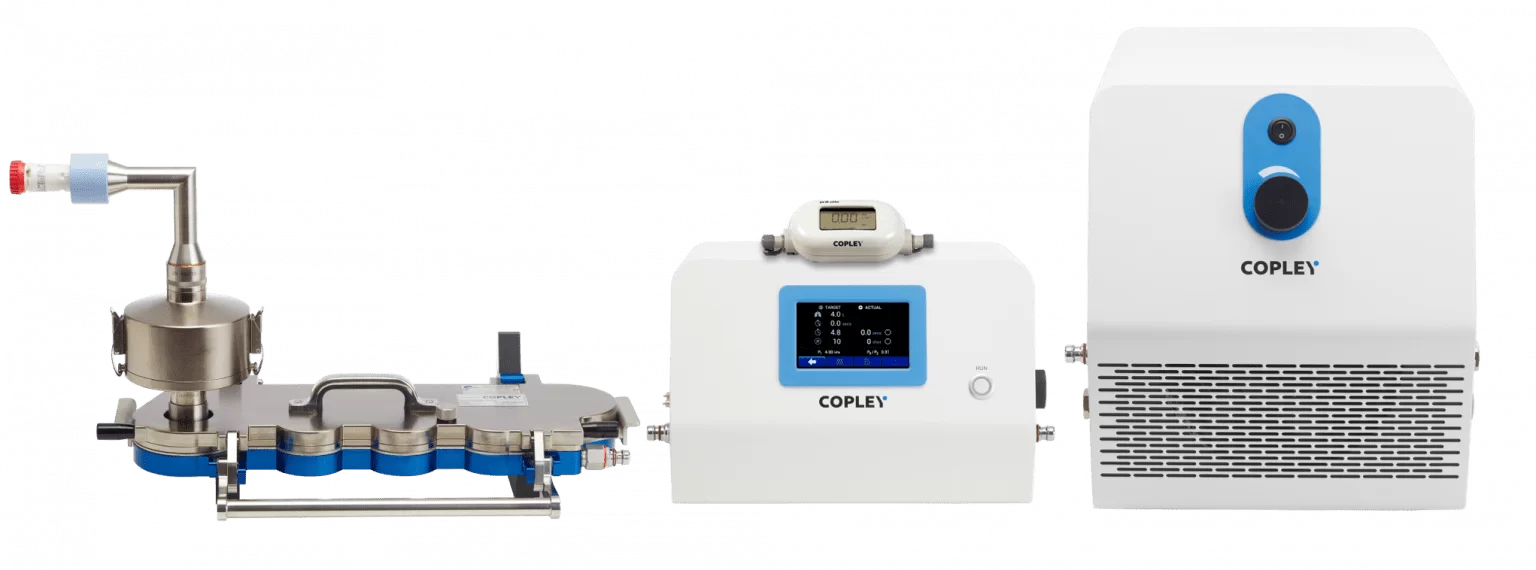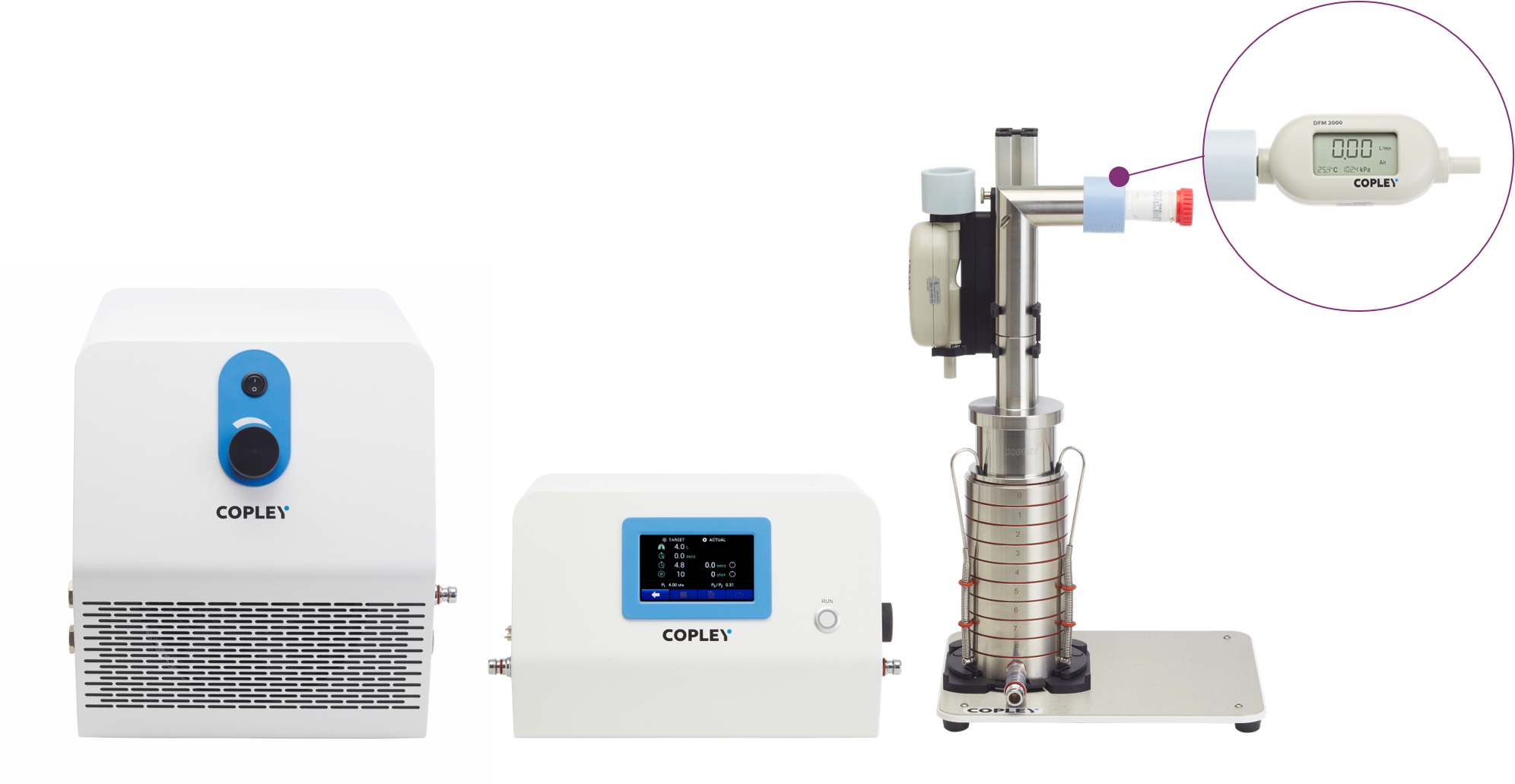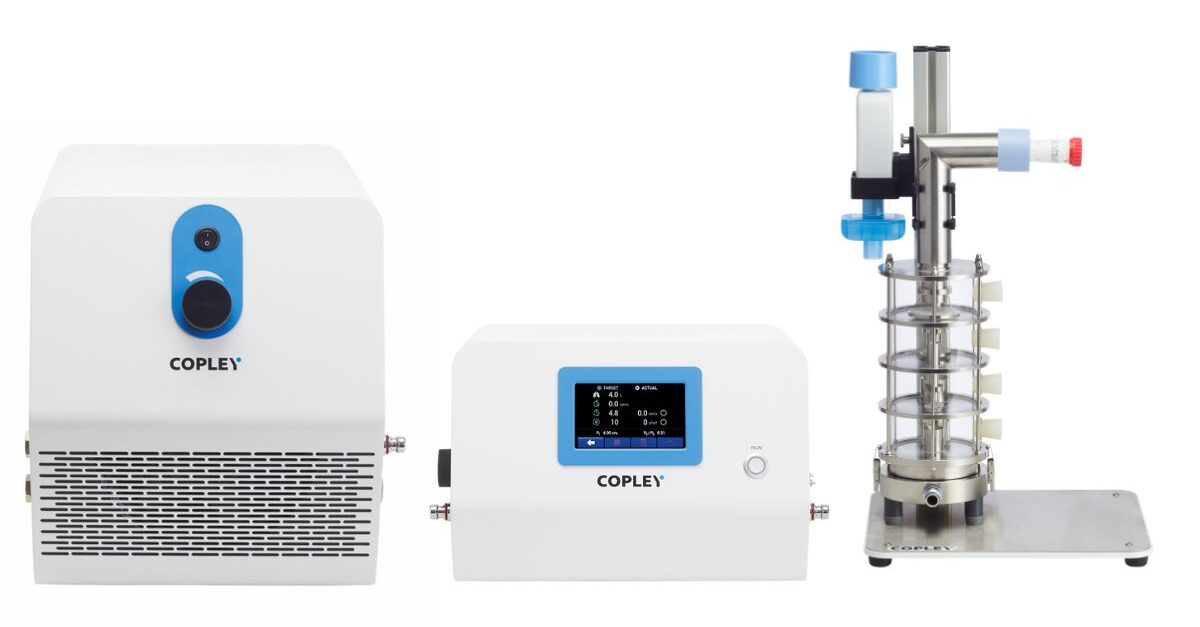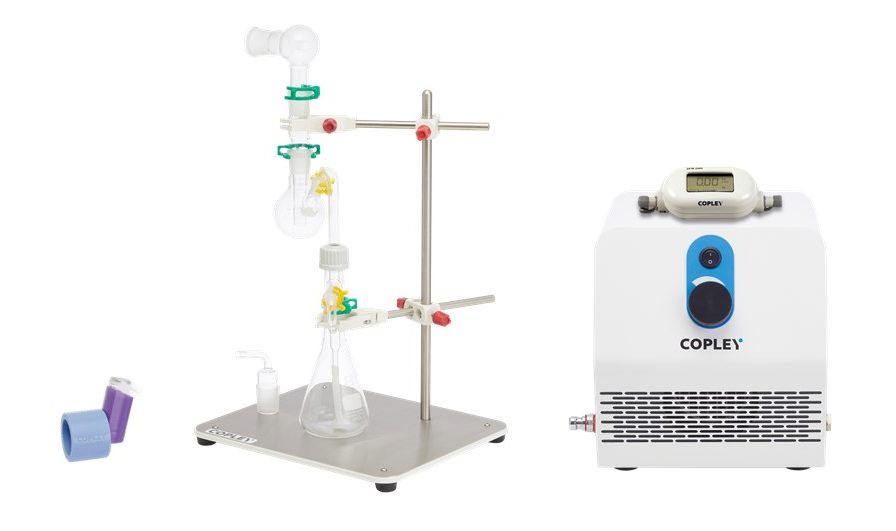Induction Port P1 Measurement Adapter
Used together with the Critical Flow Controller, the Induction Port P1 Measurement Adapter can be placed between the inhaler and the induction port to measure the pressure drop (P1) over the inhaler under test in the absence of a DUSA for DPIs.
View BrochureRelated Applications
We also offer a range of equipment for additional DPI testing application support:
Semi-Automation Tools
 Improve efficiency
Improve efficiency  Reduce variability
Reduce variability  Eliminate handling error
Eliminate handling error  Increase testing capacity
Increase testing capacity How Does a Cascade Impactor Work?
Related Services



Training
We offer a range of training courses, presentations and seminars covering a wide range of topics.
Find Out More


Servicing
A comprehensive range of both in-house and on-site product servicing options are available
Find Out More


Support
Our team of experienced technicians and engineers are on hand to help and advise
Find Out More








